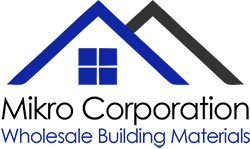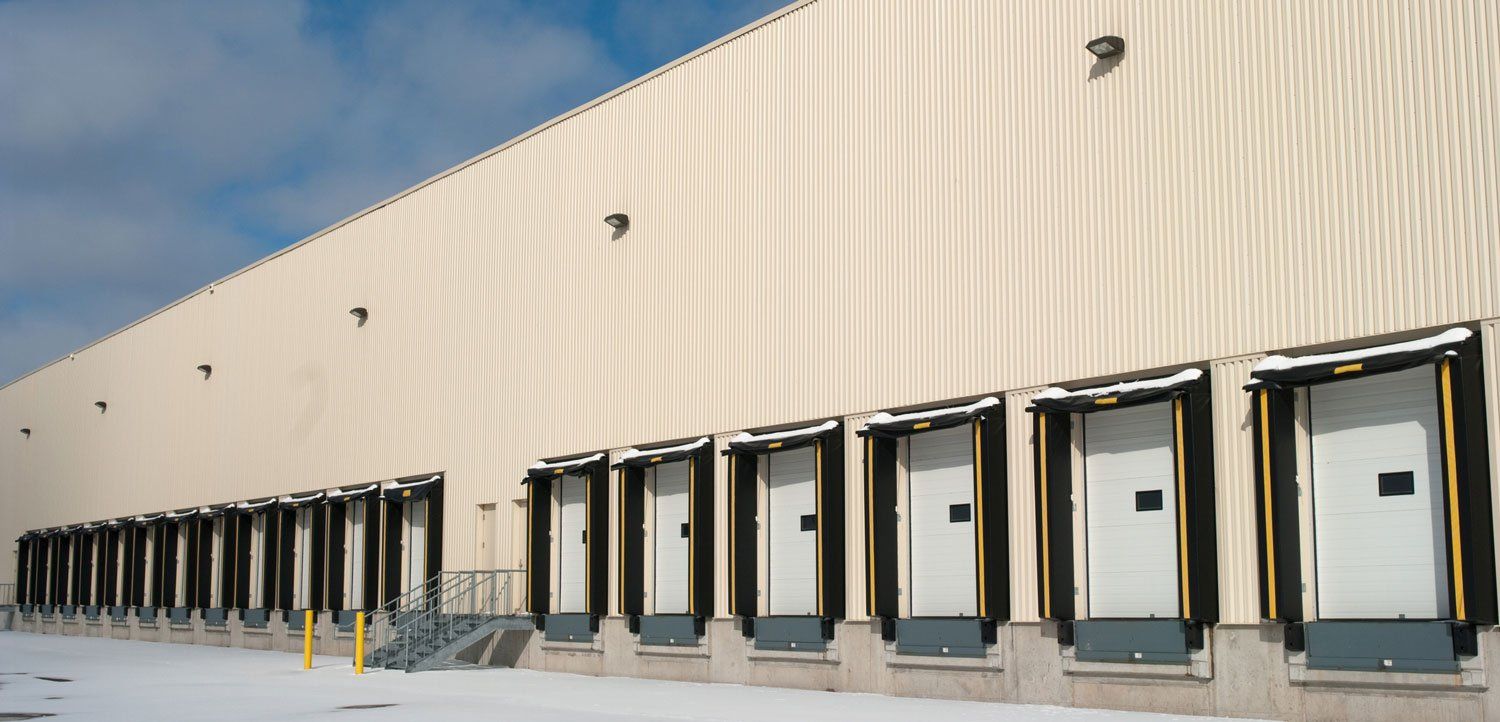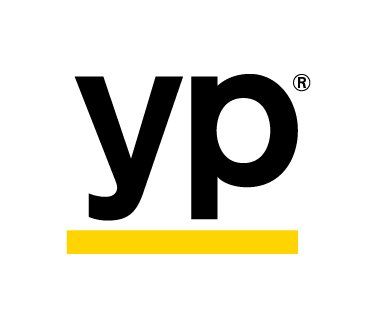5 Things to Remember Before You Start a Home Project
Whether it is a renovation or the construction of a new house, home projects can be an exciting and rewarding experience. However, before you jump into your next project, you must remember a few key things to ensure that your project runs smoothly and finishes to your satisfaction. In this blog, we will discuss the five things to keep in mind before you start your home project.
1. Project Plan and Budget
Create a comprehensive plan and budget before you start any house projects. Without a plan, you may have to make costly and time-consuming alterations to the project to comply with construction requirements or local codes. A budget keeps you financially on track and ensures that you can execute the project within a particular price range.
Also, comprehend the project's plans and specifications since they will offer you crucial information about supplies and expenses. You should also investigate any permitting expenses involved with the project, as they can quickly add up. Rent and buy any tools you may require before you start the project, such as a tile saw or paint sprayer, and include the cost of raw materials in your budget.
Set reasonable expectations for your timeframe and account for unforeseen circumstances and expenses. Home improvements can take longer than expected, so plan for delays. Verify that the new fittings or items you want are ready before you remove any existing materials.
2. Permits and Legal Codes
Personal home improvement projects can be a terrific way to save money while also improving your home. However, you must grasp the legal concerns and oversee building permits to guarantee that the builders complete the project to code and in accordance with local regulations. Always obtain the required licenses and arrange for an inspection of your work before you undertake a personal project.
Additionally, ensure that you understand all the agreements involved in the construction process, including your legal rights. This understanding will be beneficial if a disagreement arises. You can ensure that your project follows the correct construction guidelines and safeguard the time and money you invested in it if you take the time to learn and handle the legal aspects of it.
3. Prior Research
Be explicit about your design concepts as you plan to remodel your home. Research home decorating periodicals, interior decorating websites, and design shows before you meet with an interior designer. This information will keep you safe against a designer's individual ideas and will ensure you receive the appearance you want.
4. Construction and Renovation Contractors
When you embark on a significant home improvement project, carefully select the correct building contractor. Research and obtain recommendations from prior clients who have dealt with the contractor.
Also, look into the contractor's credentials and history to confirm that they hold the necessary experience and qualifications for the task. Obtain a written agreement to guarantee that you and the contractor properly establish all expectations and expenditures. This agreement will help you avoid any future disagreements.
Hire an architect or drafter to guarantee that the building designs are precise and up to code. Keep frequent contact with your builder and tradespeople so that you can track the project's development and handle any concerns. Finally, capture any prospective concerns by taking images of the progress.
5. Safety
Wear or provide the workers with protective equipment such as gloves, a face mask, and safety glasses to ensure safety. Also, invest in high-quality tools and keep them well-organized and clean. This system will help prevent accidents and injuries. Additionally, keep your surfaces protected, as accidents can occur. Finally, hire an outside inspector to confirm that all materials and methods are up to code.
You will need access to various materials and house fixtures to ensure the outcome meets your quality and aesthetic standards. Contact us at Mikro Corporation if you need building materials and fixtures like doors, windows, plumbing, steel, lumber, plywood, roofing, flooring, stucco material, wall boards, and more.













